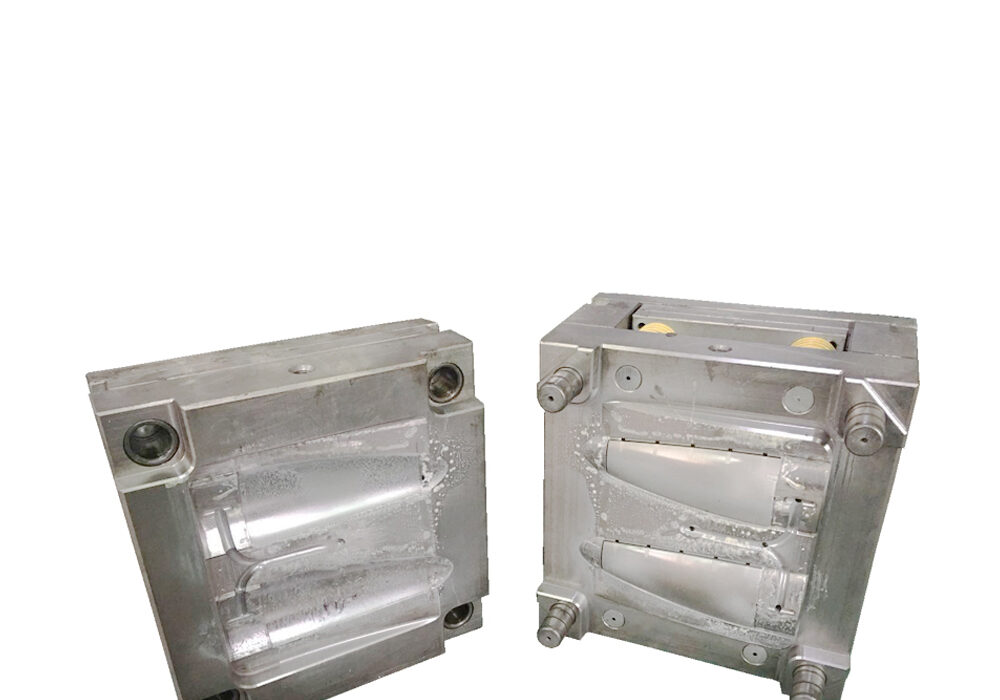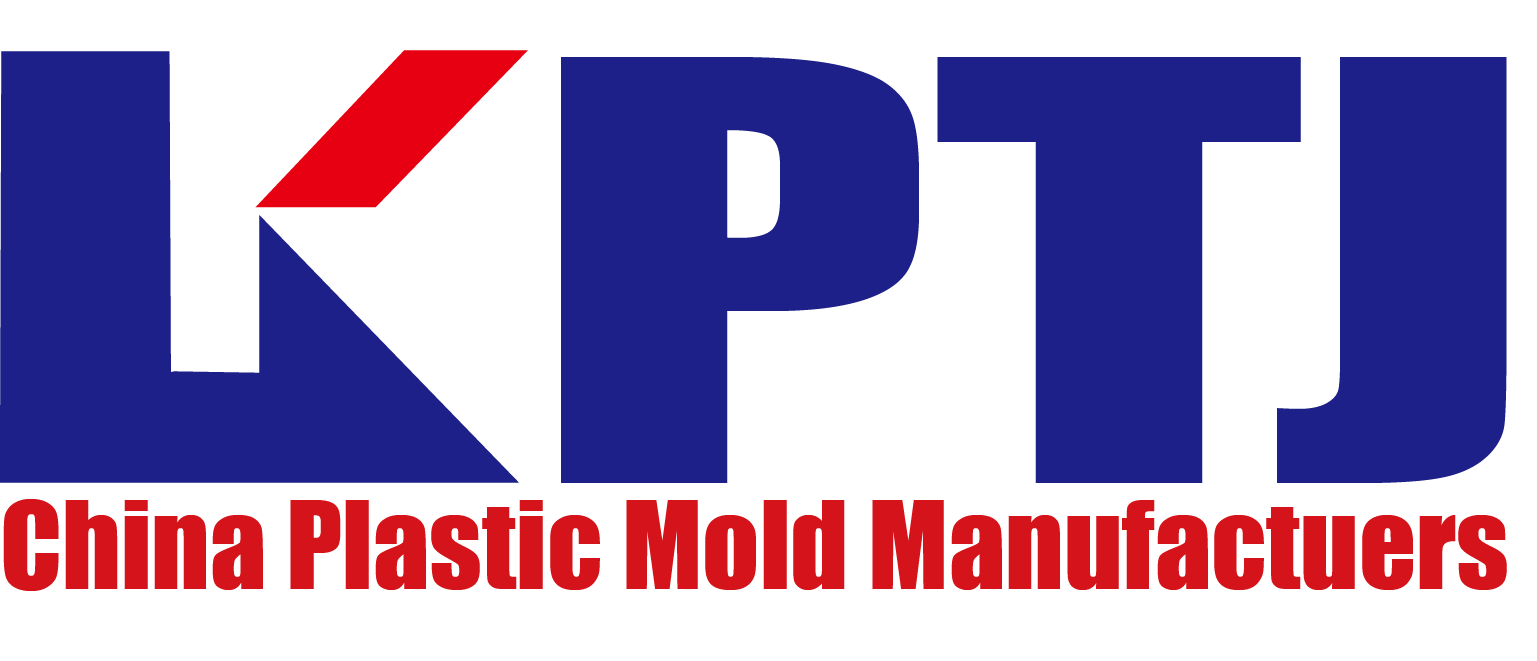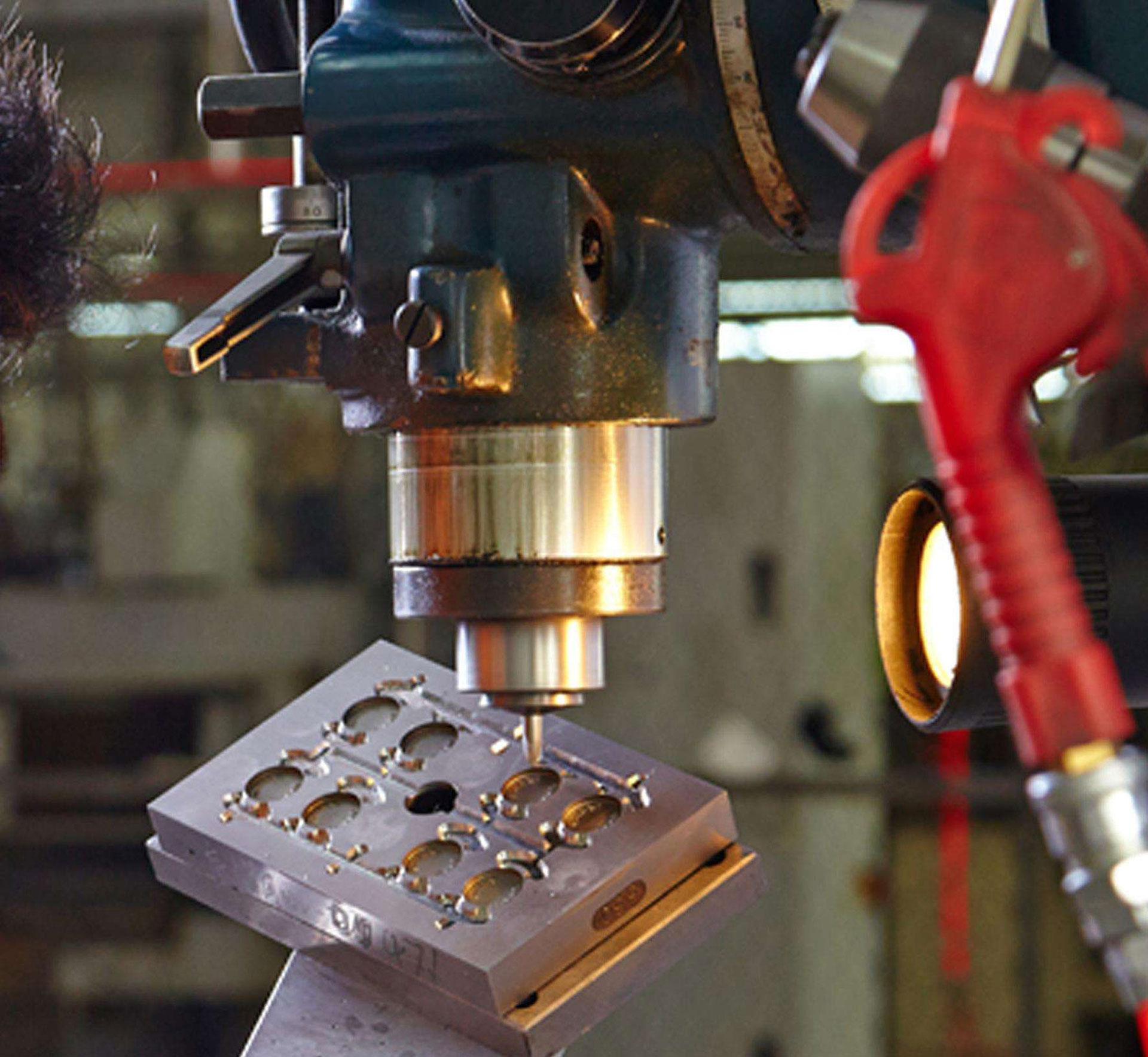Plastic mold steel performance requirements With the rapid development of the manufacturing industry, plastic molds are indispensable tools in plastic molding processing, and the proportion of total mold output increases year by year. With the development and continuous production of high-performance plastics, plastic products The types of products are increasing day by day, and their uses are constantly expanding. Products are developing towards precision, large-scale and complexity. The molding production is developing at a high speed, and the working conditions of the mold are becoming more and more complicated
1) Wear and corrosion of the cavity surface
The plastic melt flows in the mold cavity under a certain pressure, and the solidified plastic parts are released from the mold, which causes friction on the molding surface of the mold and causes wear. The root cause of wear and tear of plastic molds is the friction between the mold and the materials. However, the specific form of wear and the wear process are related to many factors, such as the pressure, temperature, material deformation speed and lubrication status of the mold during the work. When the material and heat treatment of the plastic mold are unreasonable, the cavity surface of the plastic mold has low hardness and poor wear resistance. Its performance is as follows: the size of the cavity surface is excessively poor due to wear and deformation; the roughness value becomes high due to roughening , Surface quality deteriorates. Especially when using solid materials to enter the mold cavity, it will increase the wear of the cavity surface. In addition, when the plastic processing contains components such as chlorine and fluorine, the corrosive gases HC1 and HF are decomposed by heating, which causes corrosion and wear of the cavity surface of the plastic mold, resulting in failure. If there is abrasion damage at the same time as the wear, and the plating or other protective layer on the surface of the cavity is damaged, the corrosion process will be promoted. The interaction of the two types of damage accelerates corrosion-failure failure.
2) Plastic deformation failure
Plastic model cavity surface compression and heating can cause plastic deformation failure, especially when small molds work on large-tonnage equipment, it is easier to produce overload plastic deformation. The material used in the plastic mold has insufficient strength and toughness, and low deformation resistance. Another reason for the failure of plastic deformation is that the hardened layer on the surface of the mold cavity is too thin, the deformation resistance is insufficient, or the working temperature is higher than the tempering temperature and the phase change softens. , And make the mold fail early.
3) Fracture
The main reason for fracture is the structural stress, thermal stress or insufficient tempering due to the structure and temperature difference. At the use temperature, the residual austenite is transformed into martensite, causing local volume expansion, and the structure generated in the mold Caused by stress.



